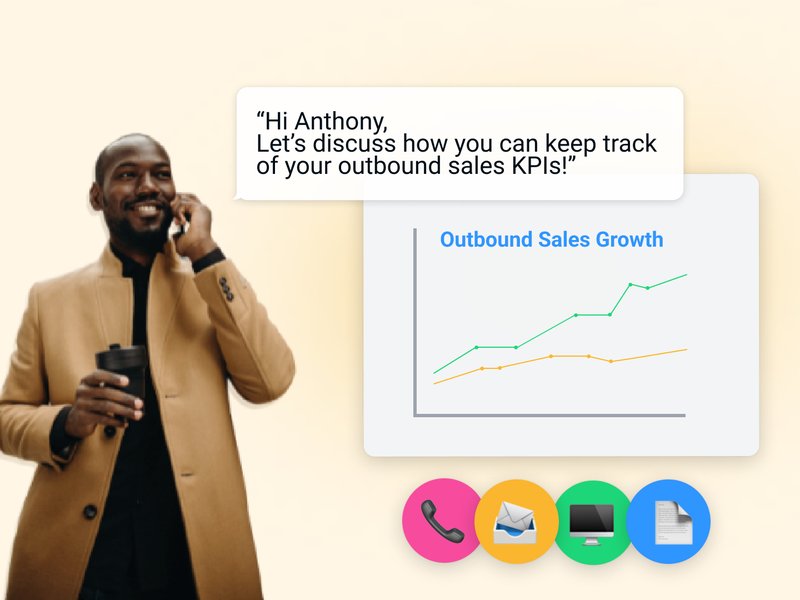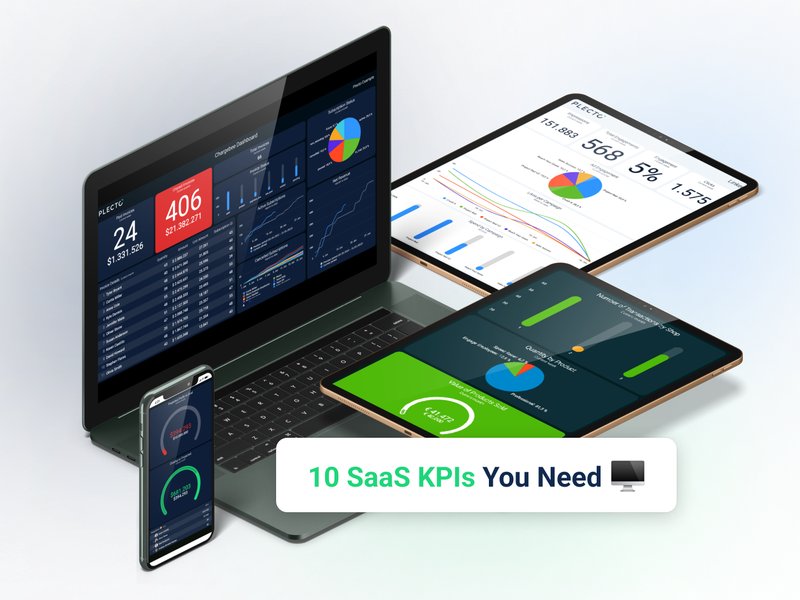Since the first wave of e-commerce emerged in the late 1990s, online retailers have been looking for ways to increase their average basket size and drive up average order values.
Almost three decades later, these remain key objectives. In this article, we’ll look into why average basket size is still a relevant metric – and share seven techniques to help persuade your customers to add more items to their orders.
What is “average basket size,” and why does it matter?
Average basket size refers to the average number of items sold per order, regardless of their individual or collective value. It’s often confused with its sister metric, average basket value, which measures the average monetary amount of each transaction, irrespective of the number of items purchased.
Unlike financial KPIs, which focus on revenue and profit, this one concentrates on purchasing patterns to uncover insights into the most popular items, which items are often bought together, and more. This information can help sellers identify trends – and guide decisions related to discounts, special offers, and other marketing initiatives.
How to Calculate Average Basket Size
This is an easy KPI to calculate – choose a timeframe, and then use this formula:
average basket size = total number of items sold ÷ total number of orders
Most established online retailers monitor both average basket size and average basket value. These are symbiotic metrics where increasing basket size will usually increase basket value, thereby boosting revenue. When viewed holistically, these complementary metrics can provide deeper insights into your customers’ buying habits.
How to Increase Average Basket Size – 7 Proven Techniques
Like brick-and-mortar merchandising, ecommerce merchandising has evolved into a well-studied science.
These are the seven proven techniques that experienced online retailers use most often to boost the number of items their customers buy in each transaction.
1. Free shipping
Let’s start with the most obvious technique. It’s one that Amazon has been using since the beginning – free shipping with a minimum purchase. The key is to set the threshold low enough that customers see it as a no-brainer, cumulatively adding an impressive number to your bottom line.
2. Cross-selling
Cross-selling takes another page out of Amazon’s book, and it’s as simple as showing related products that complement each other. The products usually appear under a header that says something like, “often bought together.” Combined with a minimum “free shipping” threshold, cross-selling is a highly effect method for increasing basket size with minimal effort or investment.

3. Upselling
Closely related to cross-selling, upselling means enticing customers to buy a more expensive version of the product they originally selected. Together, these techniques make a powerful merchandising duo. For example, a customer is looking at an entry-level SodaStream model. Off to the side of the screen, a header reads, “You might also like…” followed by a selection of more deluxe machines in different finishes. The “often bought together” items offer additional bottles, spare CO2 canisters, and syrups. Now the customer has been exposed to a selection of nicer and more expensive products as well as add-ons they might not have otherwise considered, creating ideal conditions for a bigger basket and a higher basket value.
4. Bundling
Bundling offers a group of related products for less than buying them individually. It’s a favorite technique of skincare companies, which often bundle products by “concern.” For example, an “anti-aging night bundle” might include a serum, eye cream, and night cream at a 20-percent savings over purchasing the items separately.
Bundling can also pay future dividends by introducing customers to new items they might not have tried otherwise – while consumables like skincare products will run out at different times, creating the potential for repeat purchases at a higher (“unbundled”) price. This can be an effective approach to recruiting new customers or getting existing customers to try new products. It can also be a helping hand in selling slow-moving inventory.
5. Free Gifts & Multi-Item Discounts
This technique entices customers to buy more items in order to receive a free gift or another incentive such as a percentage discount off multiple items. The idea is to drive up the average basket size by offering a low-cost but high-value or “exclusive” item or discount when the customer buys a minimum number of items.
6. Stackable Offers
Many online shoppers get their best retail therapy from scoring a great deal. Allowing customers to stack offers and take advantage of multiple incentives (e.g., multi-item or bundle discounts, free shipping, and a free gift) is a surefire way to increase the average number of items per order. Offering discounts on top of free merchandise gives customers the impression that they’re getting a lot for their money, incentivizing them to order more to get more.
Build your first dashboard.
Start your 14-day free trial today
7. Avoid Stockouts
Few companies can say they’ve never had an item go out of stock, yet every out-of-stock item is potentially one fewer item in every customer’s basket. This can add up to a lot of lost revenue. Expanding your company’s forecasting or inventory management efforts can help minimize stockouts, allowing customers to fill their baskets with everything on their lists – and then some!
Track this & other KPIs for the full picture …
Average basket size is an important KPI for evaluating things like inventory turns, online merchandising strategies, and customer behavior. Tracking this KPI alongside average basket value can provide a solid overview of sales and inventory volume – quantifying how much money online sales are generating and how much inventory they’re moving.
Here are some more KPIs that can help you monitor other important aspects of your ecommerce operations:
- Shopping cart and coupon conversion rates
- Abandoned shopping cart rates
- First visit orders
- New and repeat customer revenue
- Product views
- Visits to purchase
If you’re just getting started with data-driven ecommerce, start with a few KPIs in the areas you’re most concerned about. See how it goes. Through trial and error, you’ll eventually find the perfect mix of metrics to prompt informed decisions where they’ll make the most difference.



